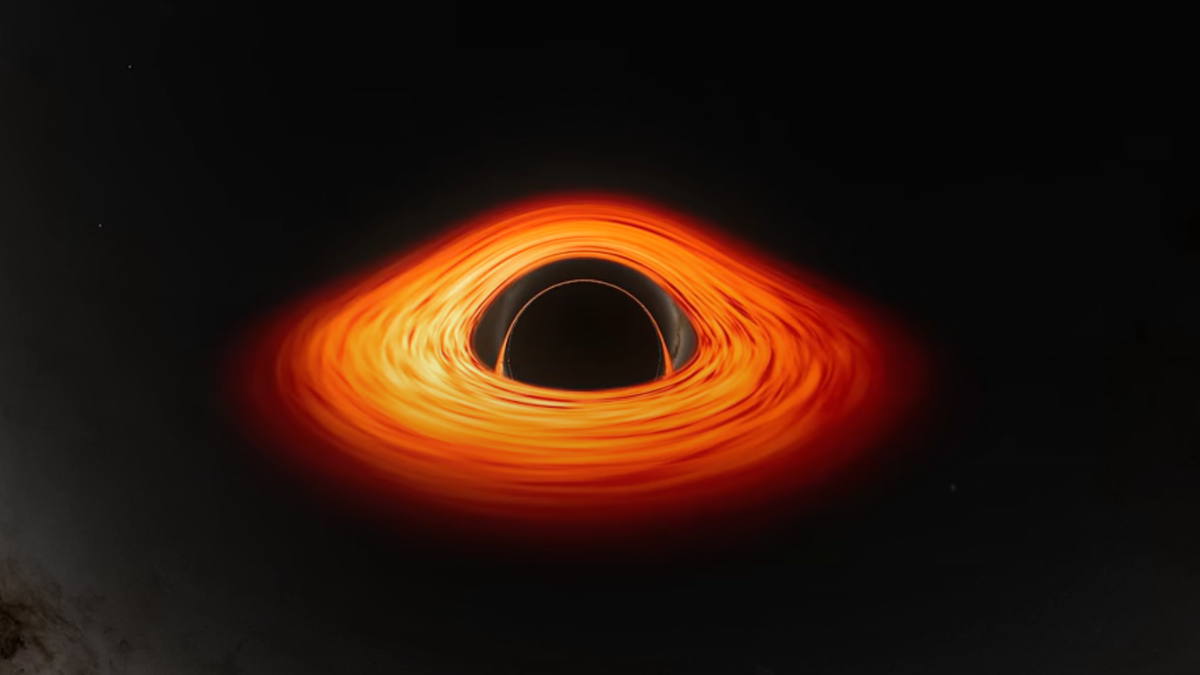NASA has unveiled stunning visualizations that offer viewers a virtual journey into the event horizon of a black hole, where the gravitational pull becomes overwhelming. Astrophysicist Jeremy Schnittman, based at NASA’s Goddard Space Flight Center, developed these simulations to bridge the gap between the theoretical concepts of relativity and their real-world implications.
Schnittman described the simulation process as an opportunity to explore the consequences of falling into a black hole, an inquiry frequently posed by enthusiasts. He simulated two scenarios: one where a hypothetical camera narrowly avoids the event horizon and escapes, and another where it crosses the threshold, facing an inevitable fate.
Collaborating with fellow scientist Brian Powell, Schnittman utilized the powerful Discover supercomputer at NASA’s Center for Climate Simulation to craft a 360-degree visualization. Remarkably, the entire process generated 10 terabytes of data in just five days, leveraging a mere fraction of Discover’s immense processing capabilities.
The visualization portrays a supermassive black hole, approximately 4.3 million times the mass of our Sun, resembling the cosmic behemoth found at the center of the Milky Way. Schnittman noted the stark contrast between falling into supermassive black holes versus stellar-mass ones, highlighting the latter’s stronger tidal forces that could tear approaching objects apart.
The simulation illustrates the immense scale of the black hole’s event horizon, spanning 16 million miles, equivalent to 17% of the distance between Earth and the Sun. Additionally, it features an accretion disk, a luminous cloud of hot gas swirling around the black hole, serving as a visual reference for the camera’s descent.
As the camera descends toward the event horizon, the visualization showcases luminous structures called photon rings, formed as light orbits the black hole before escaping. The journey culminates in the camera crossing the event horizon, leading to its inevitable demise due to spaghettification, a phenomenon where gravitational forces stretch objects into elongated shapes.
Schnittman emphasized the rapid progression from crossing the event horizon to reaching the singularity, where gravitational forces become infinitely strong. He highlighted the surreal nature of this journey, with the camera’s destruction a mere 12.8 seconds away from crossing the horizon.















































